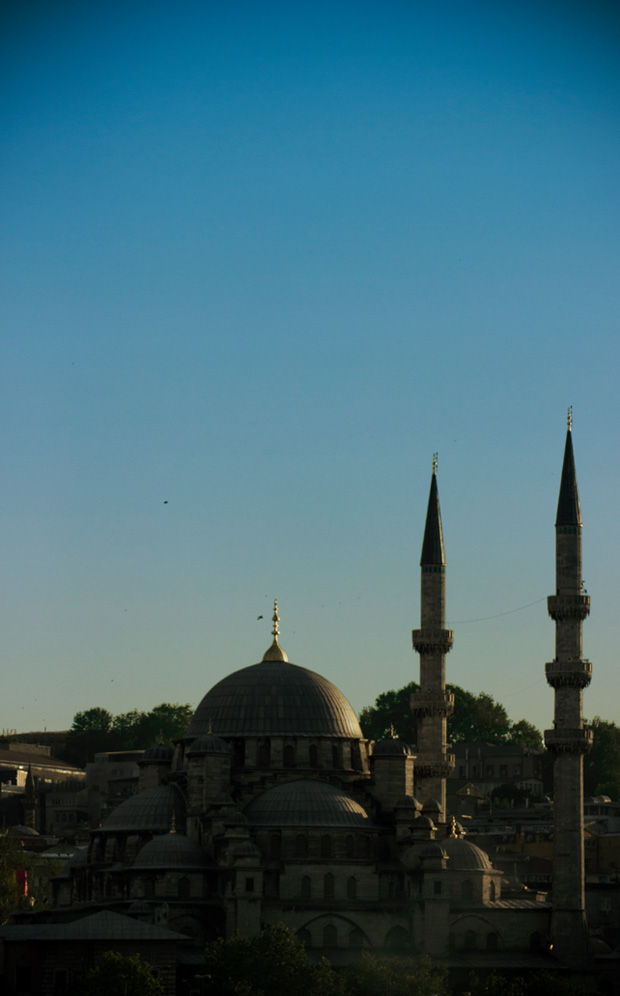Turkey is an ancient land with an ancient civilization. They are a proud country. They have seen the beginning of many moments in history, the demise of many and the changes brought on as time has passed by.

Maybe some of this dualities are a direct result of its location. It is, after all, a transcontinental country. This means that it is divided amongst Western Asia and Southeastern Europe.
Istanbul, which straddles Europe and Asia, is the largest city in the country while Ankara is the capital. During different points in its history, the region has been inhabited by diverse civilisations. civilisations such as the Anatolian peoples, Assyrians, Greeks, Thracians, Phrygians, Urartians, and Armenians.
Walking through the streets

Many things happen when you walk through the streets of Istanbul, stroll the Galatea Bridge, look at those who spend their day waiting for the catch of the day and gaze at the intense blue waters of the Bosphorus.
Similarly, when you walk through the Grand Bazaar and lose yourself with the intense smells an colors from the spices or when you take delight in the Blue Mosque’s beauty. When you visit the Topokapi Palace and the Hagia Sofia its impossible not to engross in the magic of the city.
It is impossible not to think that Istanbul was once the capital of the world, at a time when it exuded opulence and the majesty of the Ottoman Empire.
Today, thousands of tourists witness the fantastical life that they once had. The ruins of amazing castles near the Bosphorus, the imposing remains of castles and walls, sacred praying grounds, precious stones, and ancient armour allow pedestrians to dreams with 1001 arabian nights, sultans and their harems or their fights for honor.
However, in this millennium Istambul, its very easy to weak up from that dream while finding yourself in between masses of people. Today we can see the stark contrast in its citizens, needles to say, that behind closed doors Istanbul’s countryman are constantly fighting for the westernization of their culture and their profoundly secular people.

The westernization process

The Turkish westernization process started almost one century ago. After they named Mustafá Kemal Ataturk, as the first president of the Republic of Turkey, an intense race to emulate european countries began. In order to achieve this, he commanded expensive reforms that systematically, and sometimes brutally, tried to transform the people.
There where many reforms, at the beginning of the 20th century Ataturk wanted to change the Arabian alphabet for the occidental one, he wanted to impose a national constitution, he gave women rights, he prohibited the mandatory use of a fez and above all he wanted Turkey to be a secular republic.
Orhan Pamuk, turkish writer, who in 2006 won the Nobel Prize in Literature describes in his book Istanbul: Memories and the City, the westernization process as a means to achieve modernization. This process is an ongoing quest to set people free form the bitter memories and the sadness that remained from a forgotten empire.
For him, the westernization imposed by Ataturk was like throwing out the clothes, accessories and pictures of that gorgeous lover that died suddenly and of who we must release in order to survive their destructive memory.
Deep seeded contrasts
No one really knows with clarity about the changes Ataturk made in order to transformate his country. As an example, and even though he declared it a secular State, he encouraged women’s emancipation by allowing them to vote and to work at government jobs.
Its because of this, that Istanbul’s streets are filled with deep seeded contrasts among its population. In one corner at Taksim Square you’ll find a 30 year old Turkish woman who wears jeans and drinks a coke while holding hands with a man. However, you can also find a group of girls wearing a Burka, others a hiyab, who pray five times a day and walk a few meters away form men in Istanbul.
As observers and passants in the streets of Istanbul we don’t want or desire to judge the advantages of the reforms made at the beginning of the century by Ataturk. Reforms where the westernization process was a desperate one.

However, what is really important to mention is that their first president made the foundations for todays booming Turkey that has generated an immense amount of love emerging from its people and the admiration of an entire country.
Having this stated, it is important to end by saying that in every corner you can find Turkish flags hanging from the balconies, showcasing proudly the crimson red that vanished away in the face of its transformer Mustafa Kemel Ataturk. This transformation changed the present and the future of its people and will shake the core of the masses.


